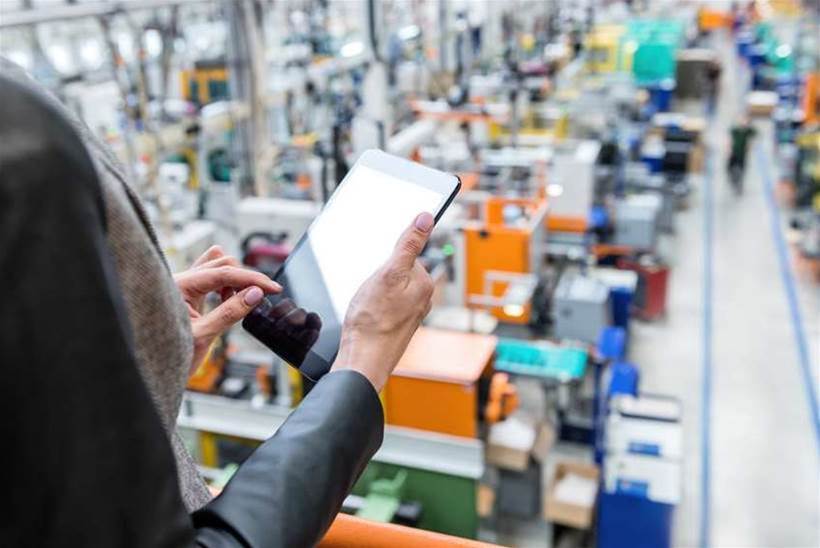Australia is one of the highest per-capita spenders on the Internet of Things (IoT) in the Asia Pacific region, according to analysts at IDC.
But are Australian organisations spending that money wisely?
“Before moving forward with an IoT solution, business leaders must be crystal clear on the purpose and goals, with a long-term view of how they will leverage the technology to drive business value,” warns Shirley Strachan, General Manager, IoT Device Experience, Microsoft APAC.
Strachan helps Microsoft partners bring digital transformation to organisations across Asia. She will be an opening speaker at Microsoft’s no-cost IoT in Action event for customers and partners in Sydney on March 19, 2019. Event sessions will focus on using IoT to exponentially improve revenue, profitability and customer and employee experiences as well as opportunities to create new lines of business and revenue streams.
“Where I’ve seen IoT succeed is when people have taken the time to think it all the way through,” Strachan says.
Building an ecosystem
She urges business leaders to think holistically about the use cases and outcomes of IoT projects. For instance, an organisation wanting to reduce energy usage might go beyond temperature sensors to track when people use rooms, lighting and air conditioning.
Strachan says it’s important to think about connected devices as part of an ecosystem, rather than treating them as isolated components. For example, retailers that combine data from point-of-sale terminals with information from cameras monitoring customer movement can measure the success of changes to store layouts or digital signage.
“Only by tying together all that information and connecting the dots across all those solutions – and more specifically the data – can you truly drive digital transformation,” Strachan says.
Bringing it all together
Strachan points to thyssenkrupp Elevator as a company that’s created a broad, connected IoT ecosystem. It began its IoT journey by monitoring elevator systems to predict repairs. More recently, it began using an Australian-developed platform built on Microsoft’s Azure Digital Twins service to build a virtual model of its test centre in Germany. Built by Microsoft partner Willow, the Willow Twin platform combines static and historical data, IoT device data and live operating data to create actionable insights.
By synthesising this data, thyssenkrupp Elevator and have gone beyond connecting and managing IoT devices to create a solution that improves energy efficiency, spatial utilisation, occupant experience and regulatory compliance of buildings and infrastructure networks.
Other companies that have implemented Willow Twin include Investa Property Group, which uses the platform to design, build and manage buildings in Australia and elsewhere. In Europe, Strukton Rail uses Willow Twin to manage rail network assets and operations.
Retailers typically have a set of disparate devices and point-of-sale solutions implemented across the business. To enable digital transformation, they must be able to more effectively deploy and manage these solutions and, more importantly, connect the data across platforms to drive better business decisions.
Strachan credits Australian Microsoft partner meldCX for helping retailers to simplify this task. meldCX’s platform allows retailers to build applications for digital signage, point-of-sale systems and self-service kiosks. Its dashboard allows real-time data analysis and device and application control, enabling retailers to focus on delivering fantastic customer experiences. meldCX users include Woolworths ALH Group, Fitness & Lifestyle Group, Pandora and Prolife Foods.
To achieve the same success, other business leaders will need to think broadly about the implications of IoT.
“Take a step back and look at the bigger picture and determine your core purpose before you jump in,” advises Strachan.
To learn more, register to attend Microsoft’s IoT in Action event in Sydney on March 19, 2019. Can’t make it in person? Tune in for the IoT in Action Webinar Series.







